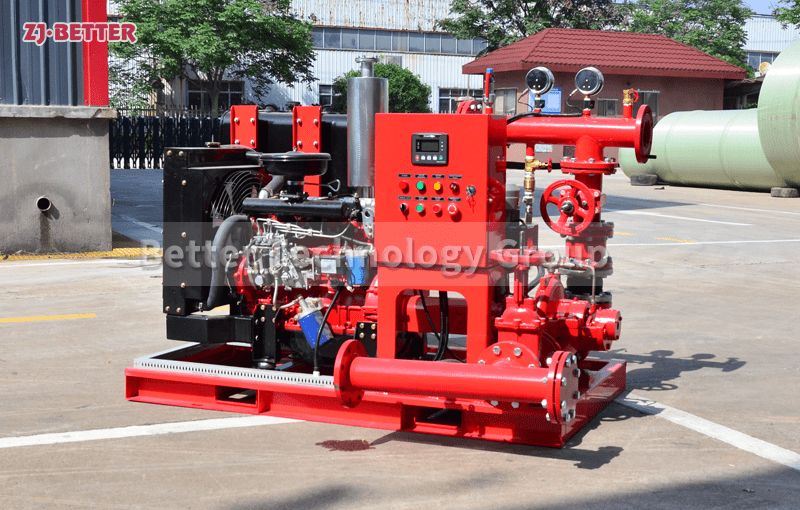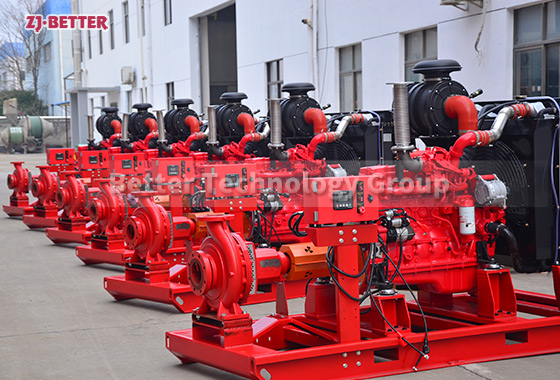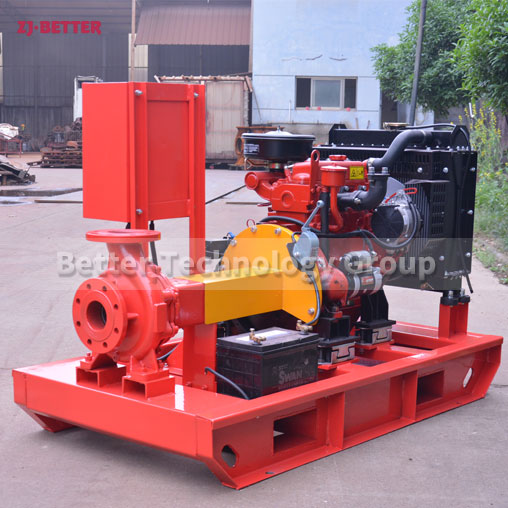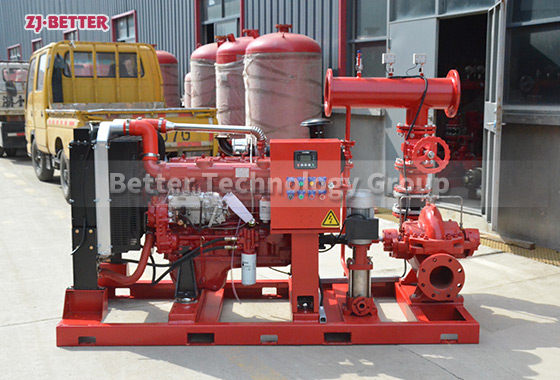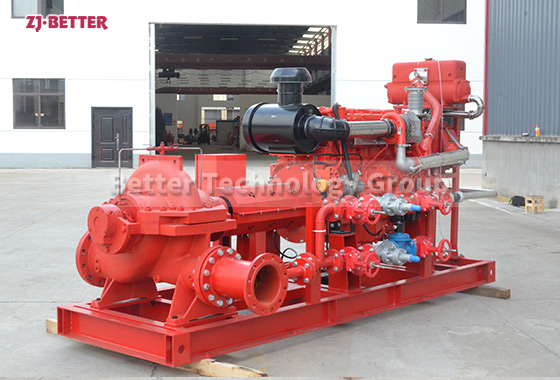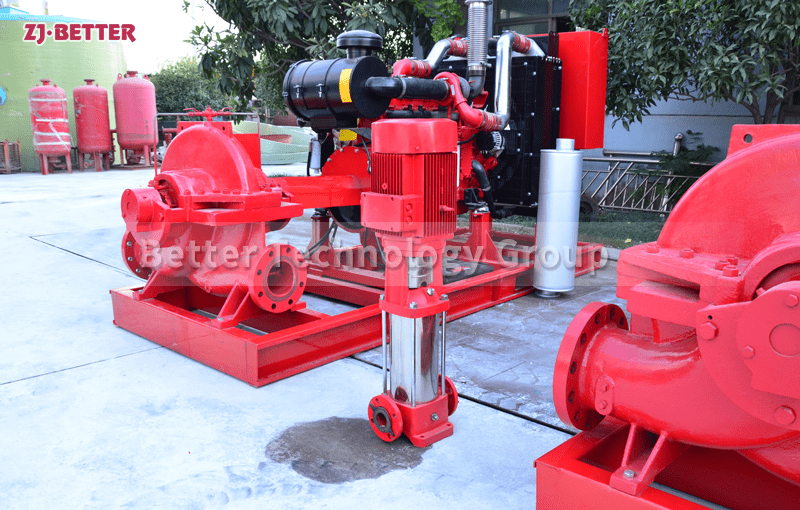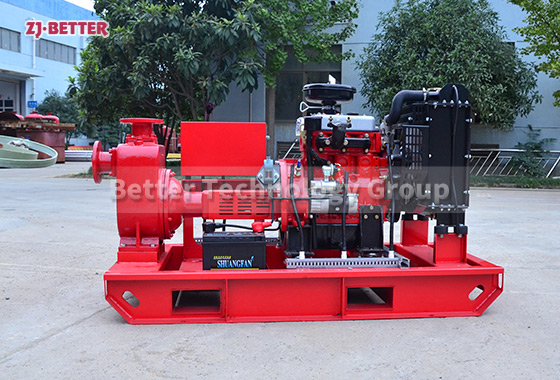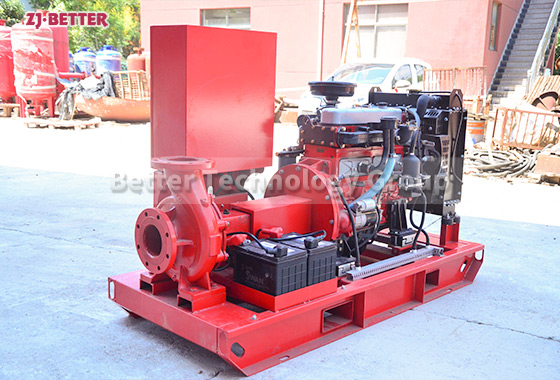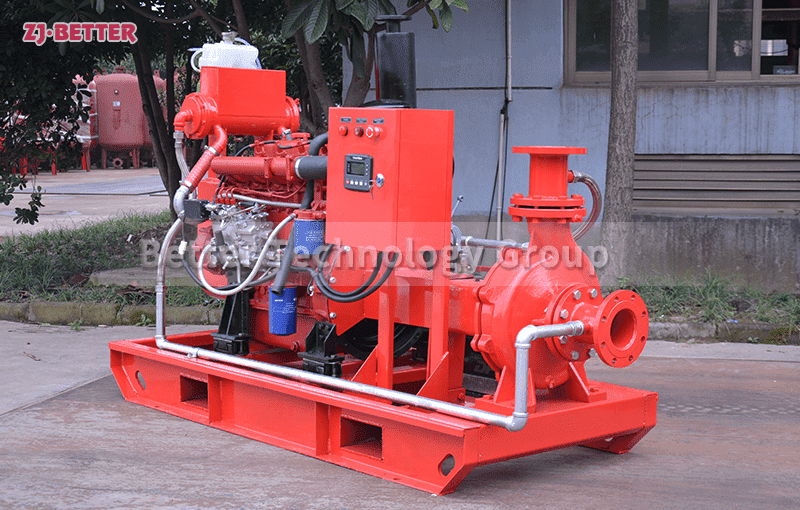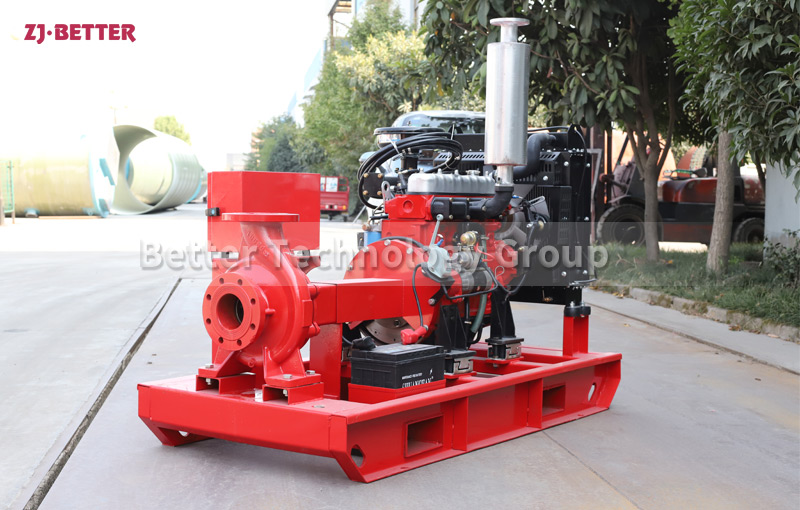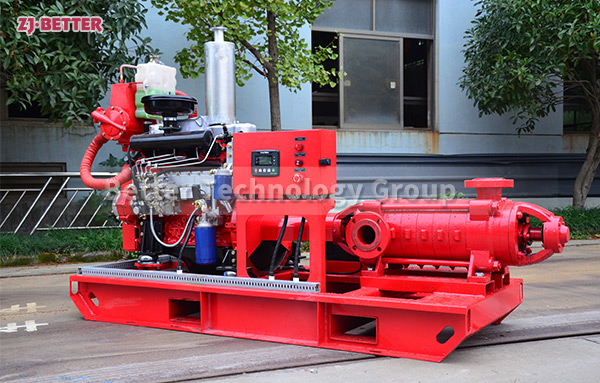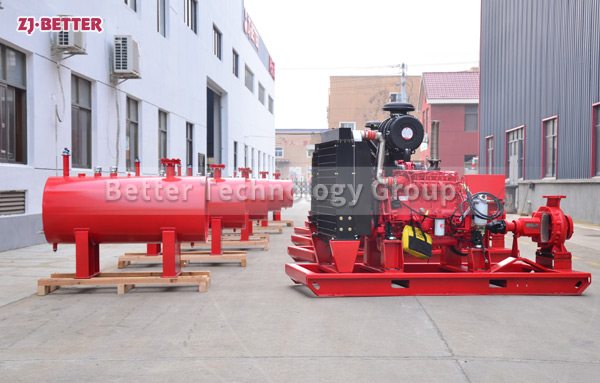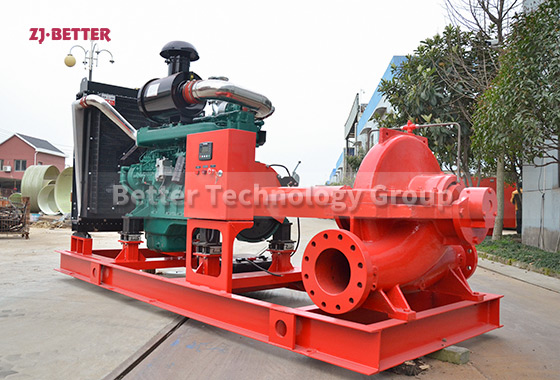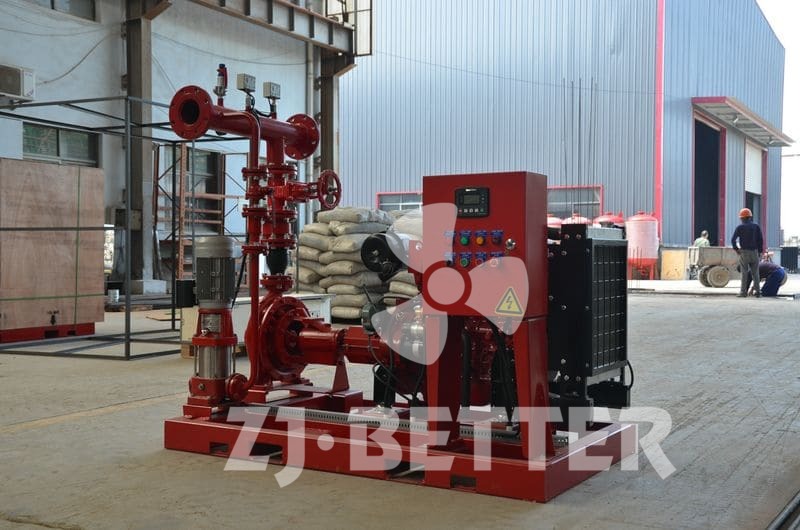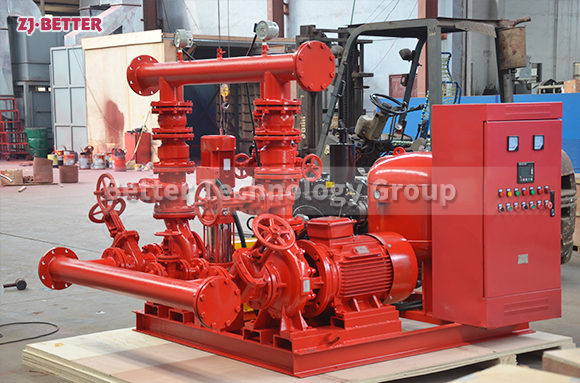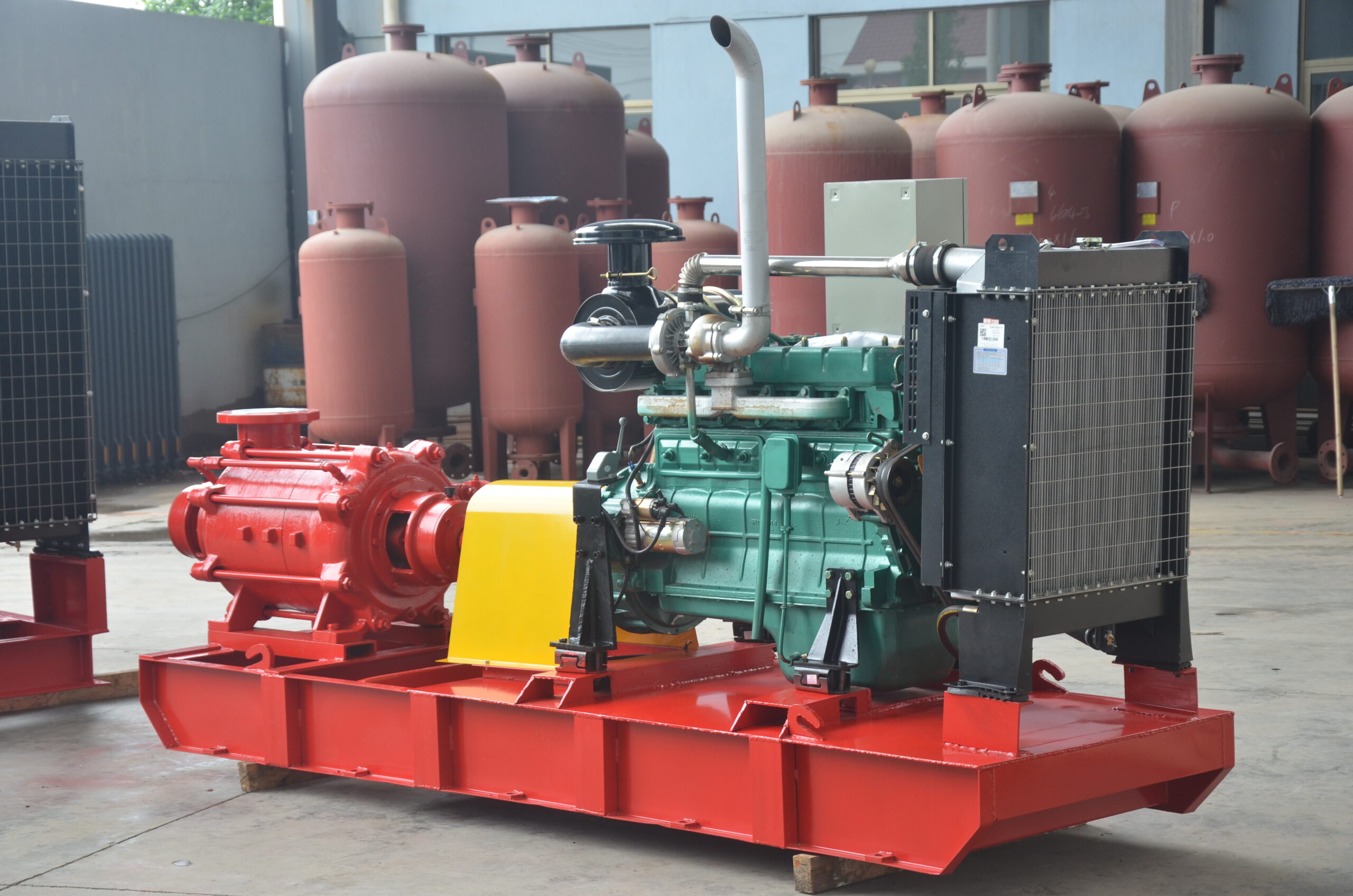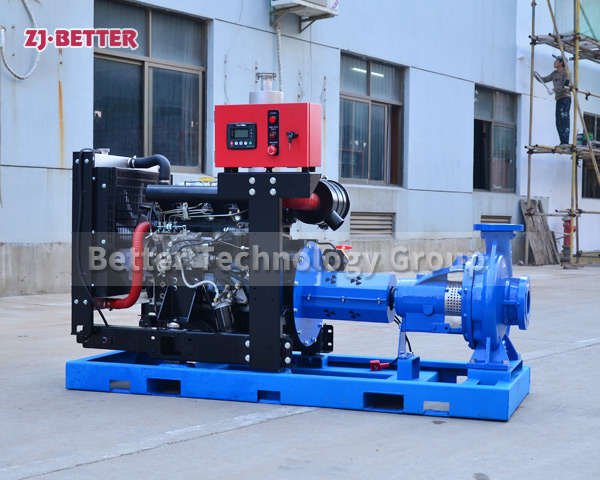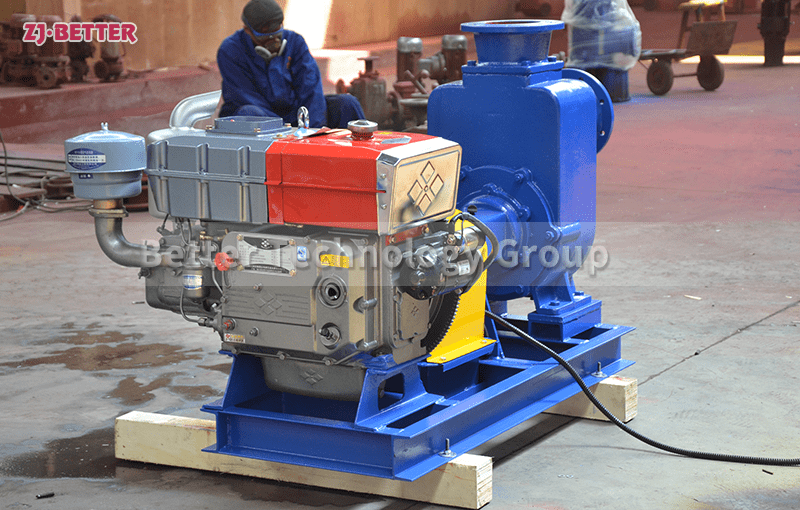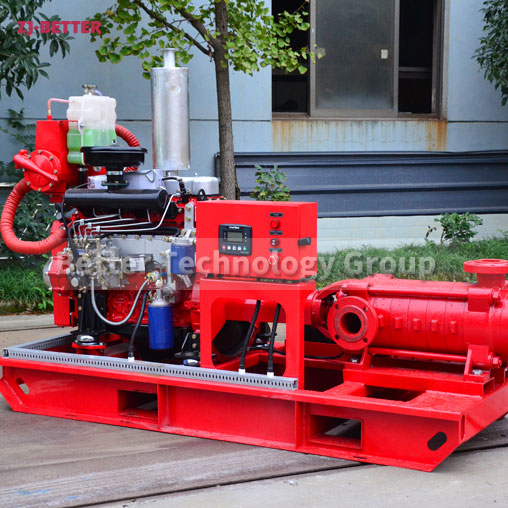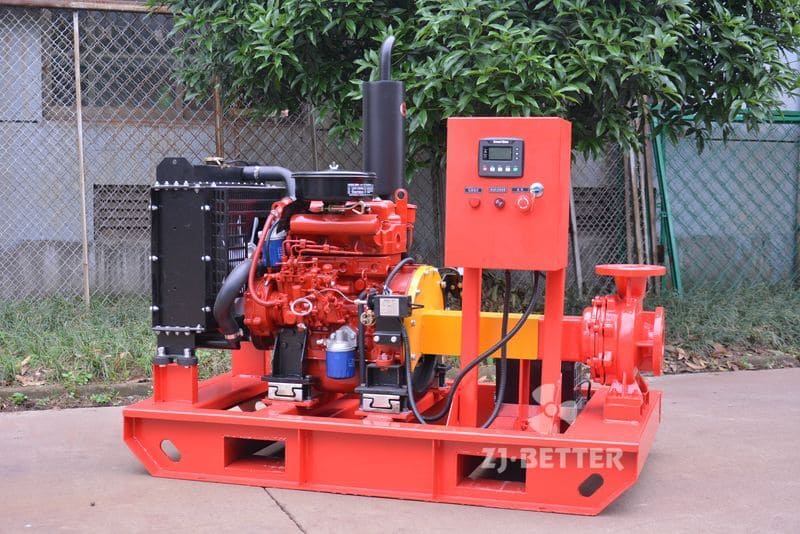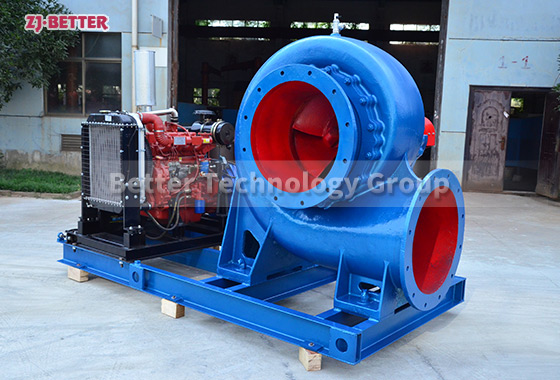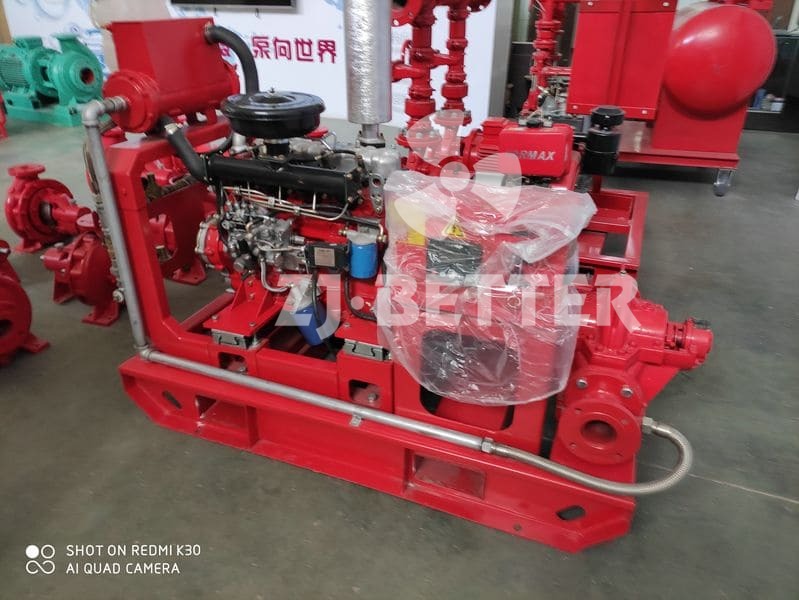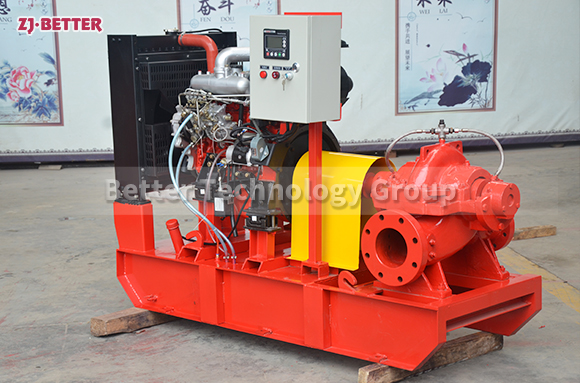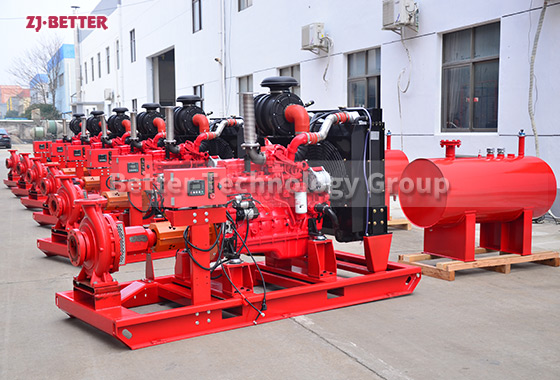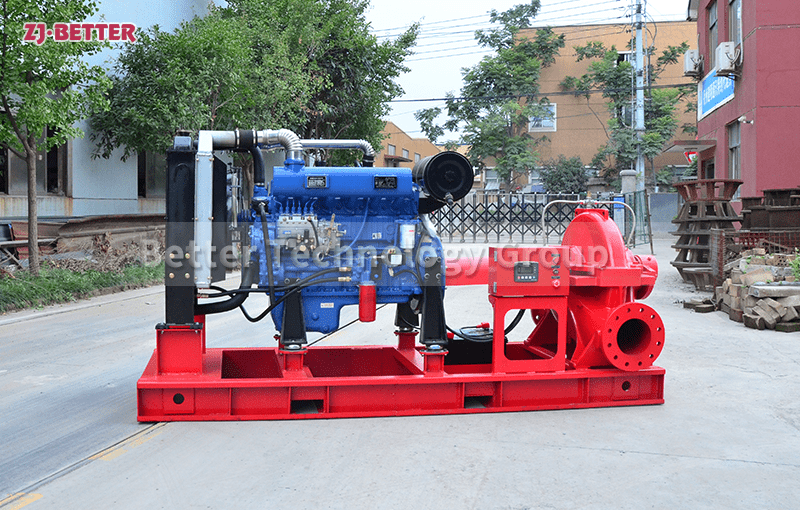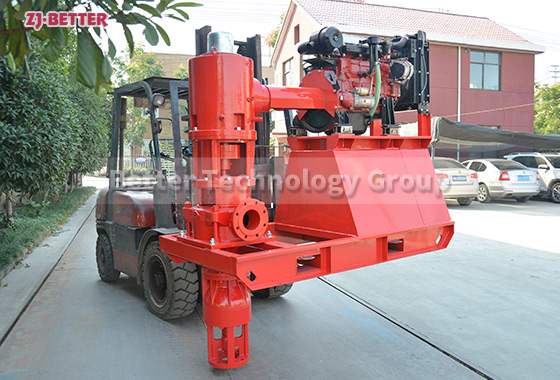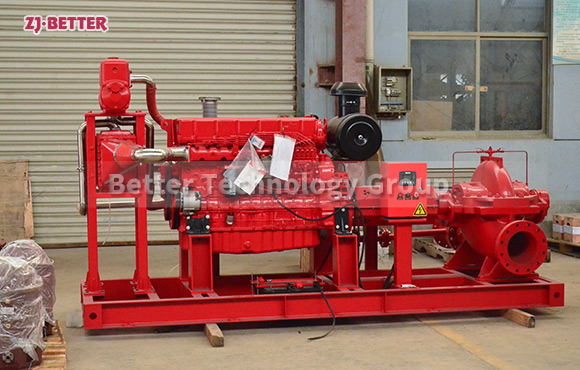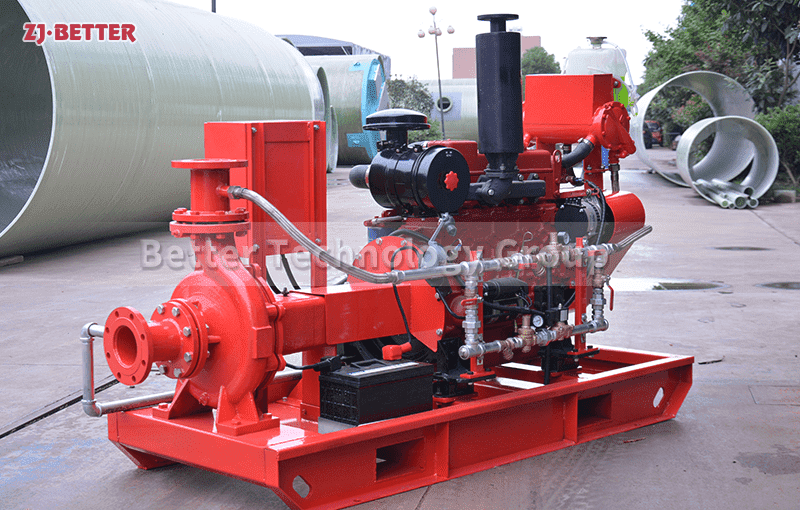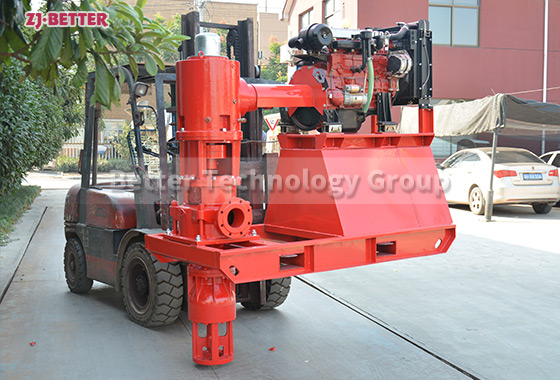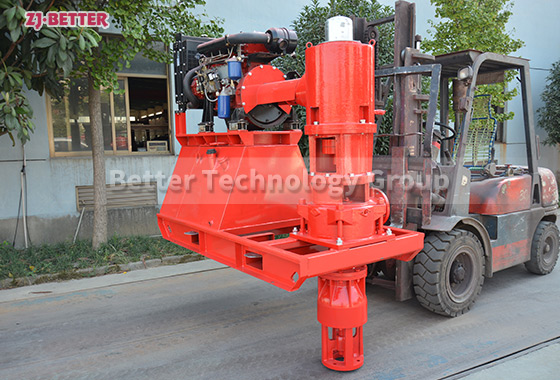Basic types and characteristics of diesel engine fire pumps
Fire pumps are divided into different types according to different classification methods. Due to their fully sealed, leak-free and corrosion-resistant features, they are widely used in environmental protection, water treatment, fire-fighting and other departments to pump various types of liquids. The ideal pumps for polluting civilized workshops and civilized factories are similar to the pumps for fire protection systems, but the head and flow are different.
Advantages of Diesel Engine Fire Pumps
1. The function of the diesel fire pump is very powerful. We can set the control time during use, for example: preheating in advance, pre-lubrication or timing start. The use of high technology has made some complicated and time-consuming things easier, and the preheating setting in advance has greatly reduced the preparation time for rescue.
2. By adjusting the speed of the engine, the head and flow can be controlled, and the height and size of the water flow will become easier to control. When the nozzle is in a stable state, we can accurately spray water at the fire point to extinguish the fire by controlling the engine, which also reduces the difficulty of firefighters’ rescue.

